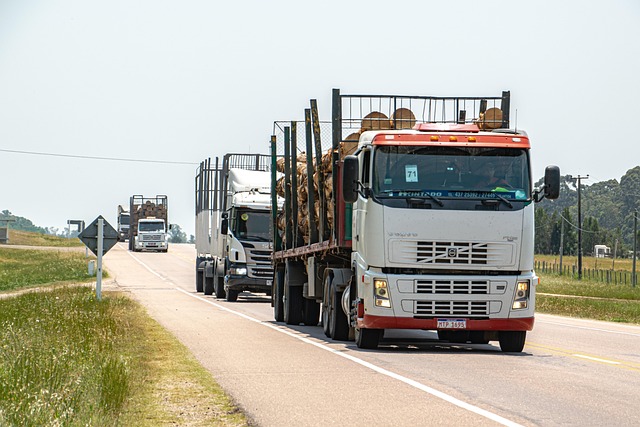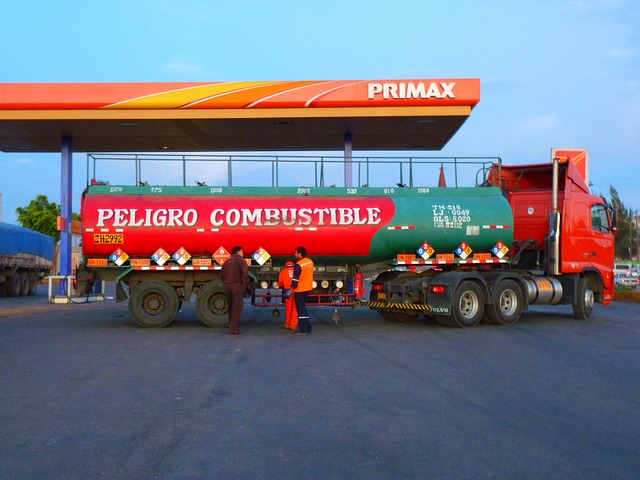Looking to register your car in California? This guide walks you through the process, from understanding state requirements to completing the registration. We cover everything from gathering essential documents to choosing the right registration type, and even how to verify your vehicle’s crucial VIN (vehicle identification number). By following these steps, you’ll be on your way to a smooth and efficient car registration experience in California. Use our vin verifier tool for added convenience.
- Understand California Car Registration Requirements
- Gather Necessary Documents for Vehicle Registration
- Choose an Appropriate Registration Type in California
- Verify Your Vehicle's VIN (Vehicle Identification Number)
- Complete the Online or In-Person Registration Process
Understand California Car Registration Requirements
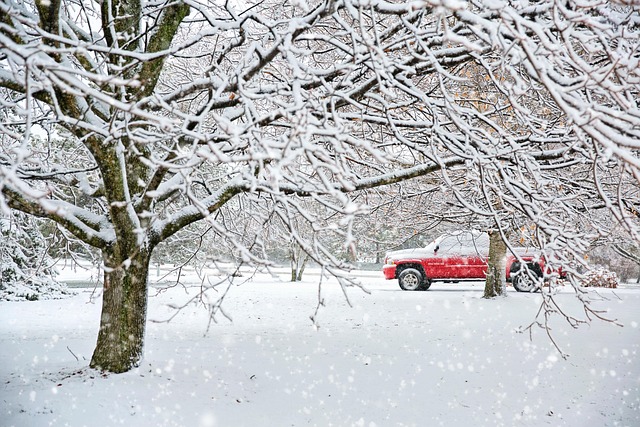
Before registering your car in California, it’s crucial to understand the state’s specific requirements. Unlike some other states, California mandates that vehicles undergo a unique identification number (VIN) verification process before registration. This involves a thorough inspection of your vehicle’s VIN, which is a 17-character code that provides essential information about the car’s make, model, and production year.
A mobile vin inspection or using a vin verifier tool is often required as part of this process. You can either visit a designated California Department of Motor Vehicles (DMV) office with your vehicle or utilize an approved mobile vin inspection service. The latter option is particularly convenient, allowing you to complete the verification step from the comfort of your home or workplace. This digital approach streamlines the registration process and ensures that your car meets all necessary standards before hitting the California roads.
Gather Necessary Documents for Vehicle Registration
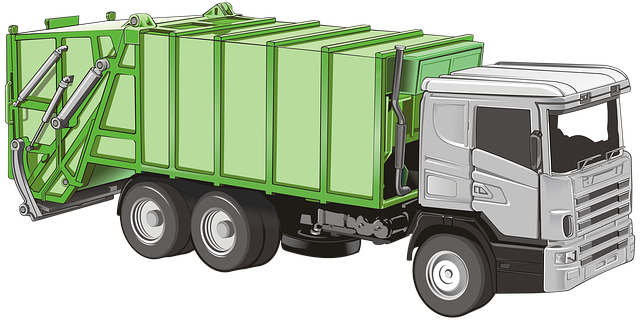
Before registering your car in California, ensure you have all the required documents ready. This process involves several key steps to verify and confirm vehicle ownership. One crucial document is the Vehicle Identification Number (VIN) report, which can be obtained through a mobile vin verification service or by visiting a local DMV office. This number serves as a unique identifier for your car, making it essential for registration.
Along with the VIN report, gather other important documents such as proof of ownership, vehicle title, and current insurance paperwork. Additionally, have your driver’s license and any applicable fees ready to streamline the registration process. A vin inspection ensures all details match, providing a seamless transition towards completing your car’s registration in California.
Choose an Appropriate Registration Type in California
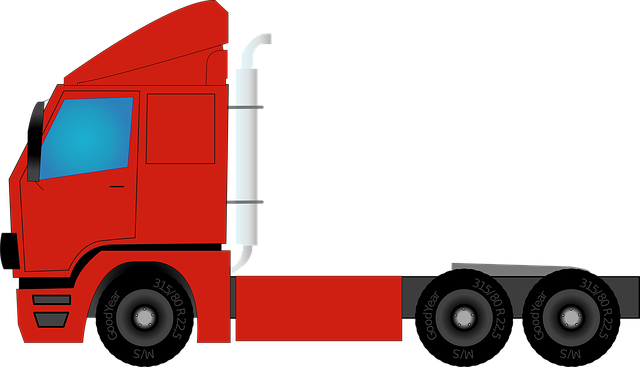
When registering your car in California, understanding the different registration types is crucial. The state offers various options depending on your vehicle’s age and intended use. For instance, private passenger vehicles typically require a standard registration, while commercial or specialized vehicles may need specific licenses. One essential tool to help you navigate this process is a VIN (Vehicle Identification Number) verifier, which ensures the vehicle’s authenticity and history.
Using a service like mobile VIN inspection or verification can streamline the registration process. This involves a professional visiting your location to conduct a thorough check using the unique 17-digit VIN code. They’ll verify the vehicle’s title, odometer reading, accident history, and more. This is especially beneficial for out-of-state buyers or those with limited access to official documentation. By ensuring all details are accurate, you can avoid potential issues during the registration process.
Verify Your Vehicle's VIN (Vehicle Identification Number)
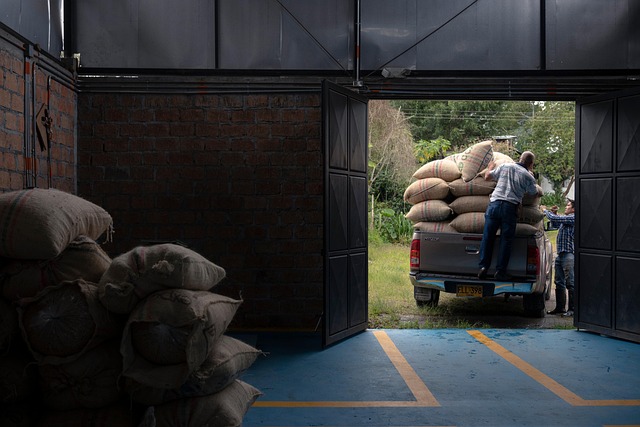
Before you begin the registration process, it’s crucial to verify your vehicle’s Vehicle Identification Number (VIN). This unique 17-character code is a critical piece of information that identifies your car’s make, model, year, and other specifications. You can easily check the VIN by looking at the vehicle’s certificate of sale or purchase, or by inspecting the driver’s side door jamb where it’s typically etched or stamped.
For convenience, many individuals opt for a mobile VIN inspection or verification service. These services send a specialist to your location to cross-reference the VIN with national databases, ensuring its validity and providing you with essential details before submitting your registration documents. This extra step can streamline the registration process and save time compared to traditional methods.
Complete the Online or In-Person Registration Process
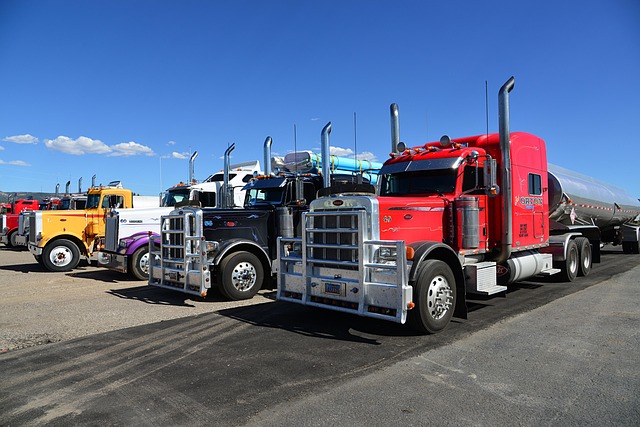
In California, registering your car involves either completing the process online or visiting a local Department of Motor Vehicles (DMV) office in person. Both methods require accurate and up-to-date information about your vehicle. Start by gathering all necessary documents, including your vehicle’s registration from the previous state, proof of insurance, and identification with your current address. For convenience, many residents opt for online registration using the California DMV’s official website. This method involves inputting your Vehicle Identification Number (VIN) to verify ownership, which can be done through a VIN verifier to ensure the vehicle’s history is clean and free from any legal issues.
If you prefer or need to conduct a mobile VIN inspection, you can visit a designated DMV location or authorized service center for in-person registration. A staff member will perform a visual check of your car’s details and may request additional documentation if needed. The process is designed to be straightforward and efficient, allowing you to obtain your California vehicle registration plates promptly, ensuring your vehicle complies with all legal requirements.
Registering a car in California involves understanding specific requirements and gathering essential documents. By choosing the appropriate registration type, verifying your vehicle’s VIN using a reliable VIN verifier, and completing the online or in-person process, you can ensure a smooth and efficient registration experience. Remember to keep your documentation up-to-date for seamless future interactions with California’s Department of Motor Vehicles.
